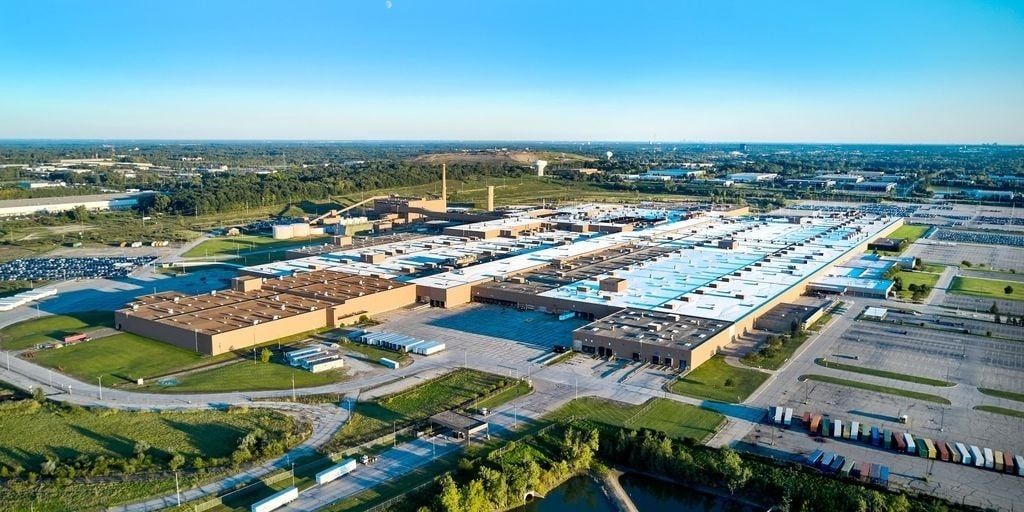Delays and fewer jobs have become recurring themes for high-profile automotive projects in Michigan, which has bet billions of dollars in taxpayer-funded incentives on the EV transition.
GM and Ford are billions of dollars in the EV hole themselves after retrenching on production plans. The automakers are grappling with dramatically slower-than-expected consumer demand for EVs, which emerged right as record-high labor costs kicked in under new UAW contracts. As a result, automakers are aggressively working to drive costs out of their businesses, from their own factory floors to their supply base.
GM announced in October that it would delay production at Orion Assembly until late 2025 as it sought to “protect our pricing, adjust to slower near-term growth in demand, and implement engineering efficiency and other improvements that will make our vehicles less expensive to produce, and more profitable,” CEO Mary Barra said in a third-quarter letter to shareholders.
The company’s plan to start production of the Silverado EV and GMC Sierra EV in late 2025 is unchanged, a company spokesman said. However, there are discussions about adding another vehicle to the plant to fill capacity and delaying the launch another several months, according to people familiar with the situation.
EV production pullback also left suppliers in a lurch. Plans for half a dozen new supplier plants and hundreds of jobs were put in jeopardy when GM delayed launch at Orion Assembly.
The highest profile of those projects — the Piston Automotive-run plant on the former Palace of Auburn Hills site — was also scaled down. GM cut the size of the plant by 35% to 715,000 square feet, while the number of anticipated jobs shrank 10% to 900.
Automakers and suppliers are making game-time decisions about new factories as manufacturing and engineering processes evolve in real time, said Mark Barrott, head of Southfield-based Plante Moran’s automotive practice.
“In the way that an electric vehicle is constructed, OEMs are responding to it through a big wave of manufacturing simplification,” he said. “There is actually a very significant uptick in work and projects associated with changing the physical nature of the OEMs’ manufacturing facilities.”
What exactly that means for the number of jobs at these plants — or in other words, Michigan’s return on investment — remains to be seen.
State support for the Ford plant in Marshall totals about $1.7 billion. The Michigan Economic Development Corp. said it would discuss with Ford a reduction of incentives but has not given details. GM was given $824 million in incentives for the Orion expansion as well as an Ultium Cells battery plant near Lansing.
The MEDC said it plans to “stay the course in securing our position as the global leader in mobility, clean energy and R&D” by investing in projects that “bring supply chains home.”
“We are currently embarking upon the most profound and evolutionary shift in the automotive industry since the advent of the internal combustion engine,” the agency said in a statement. “While there are signals out there that the EV adoption rate is slower than originally anticipated, it is expected that the EV market will demonstrate a steady annual growth trend.”


